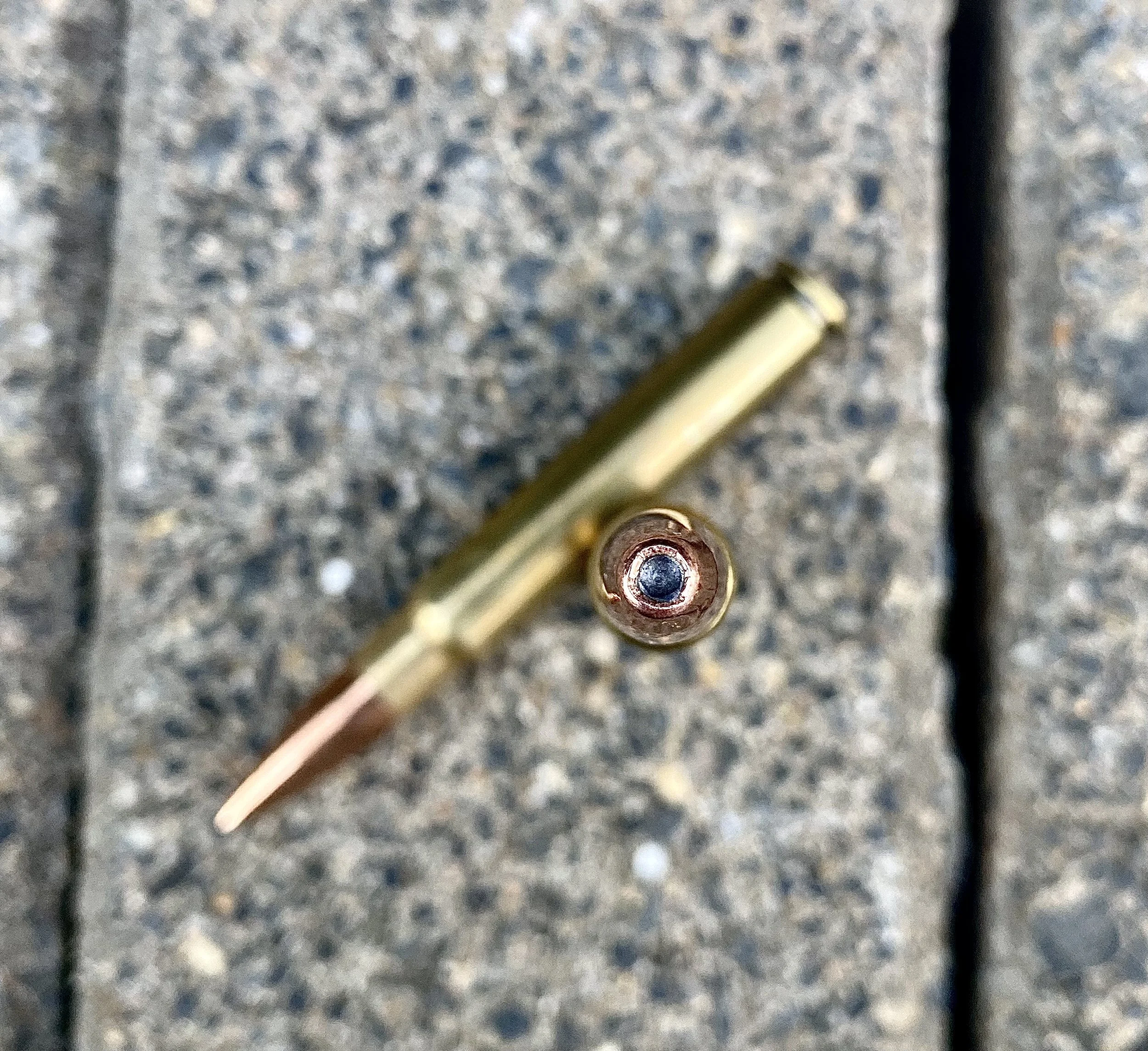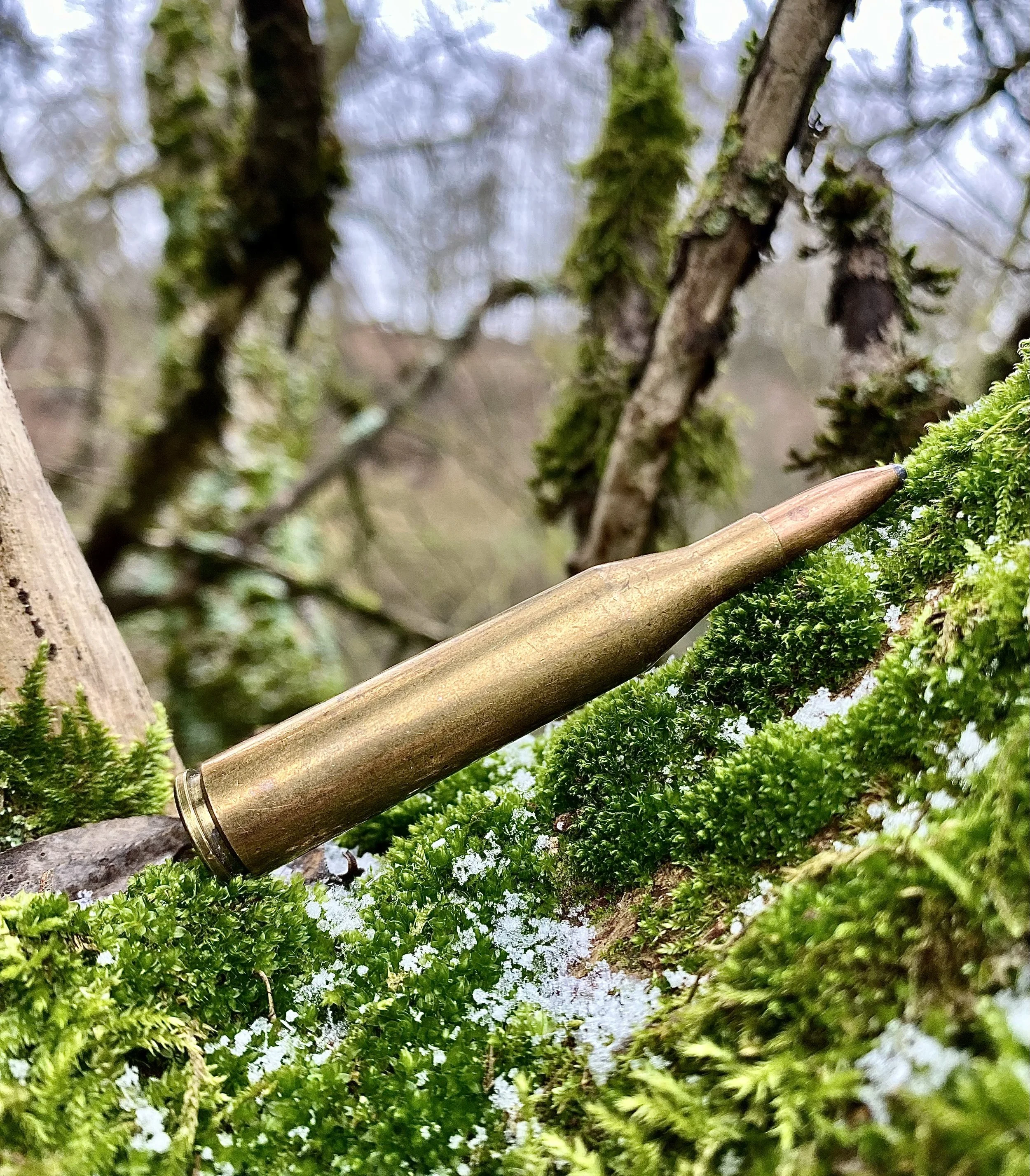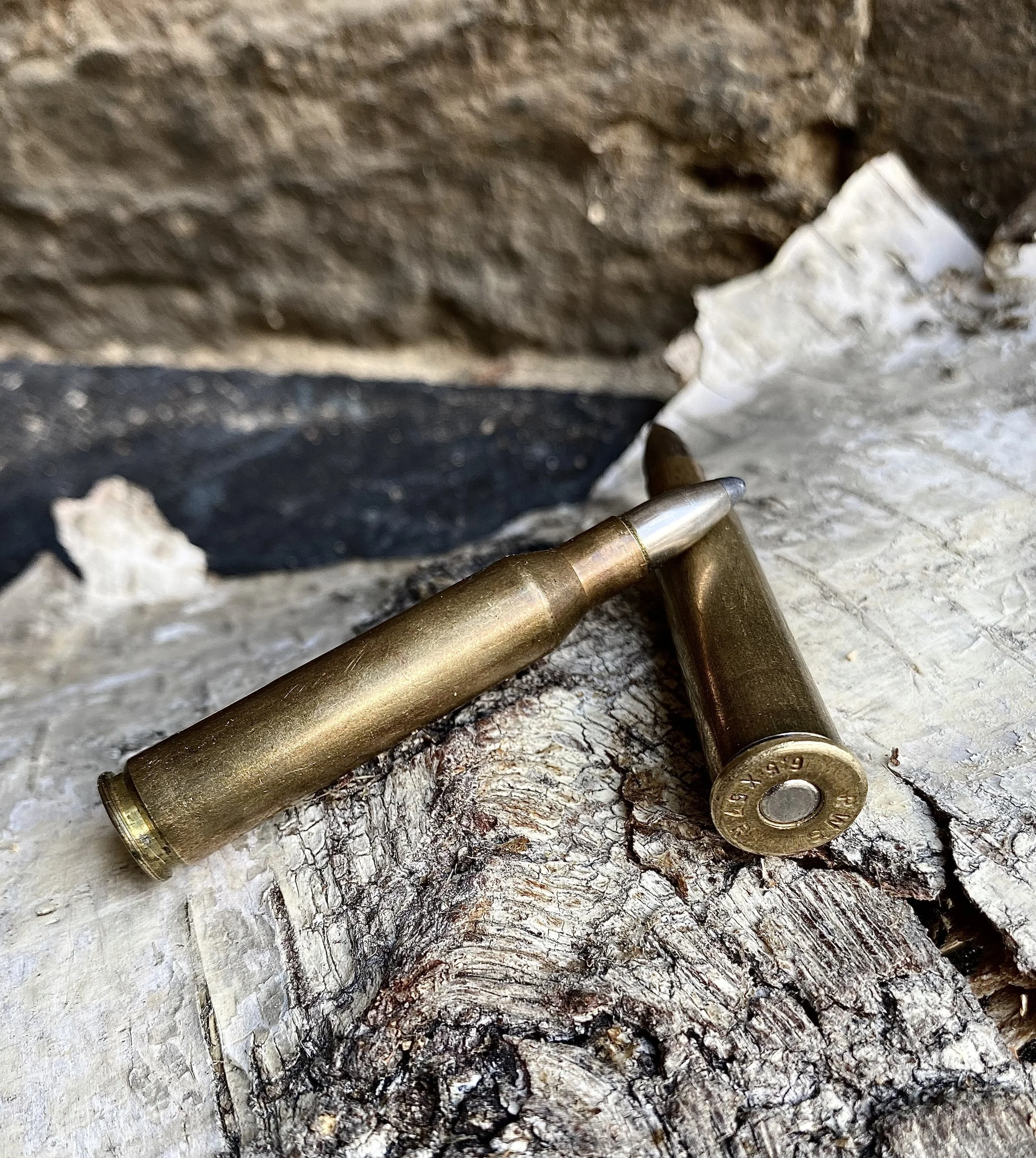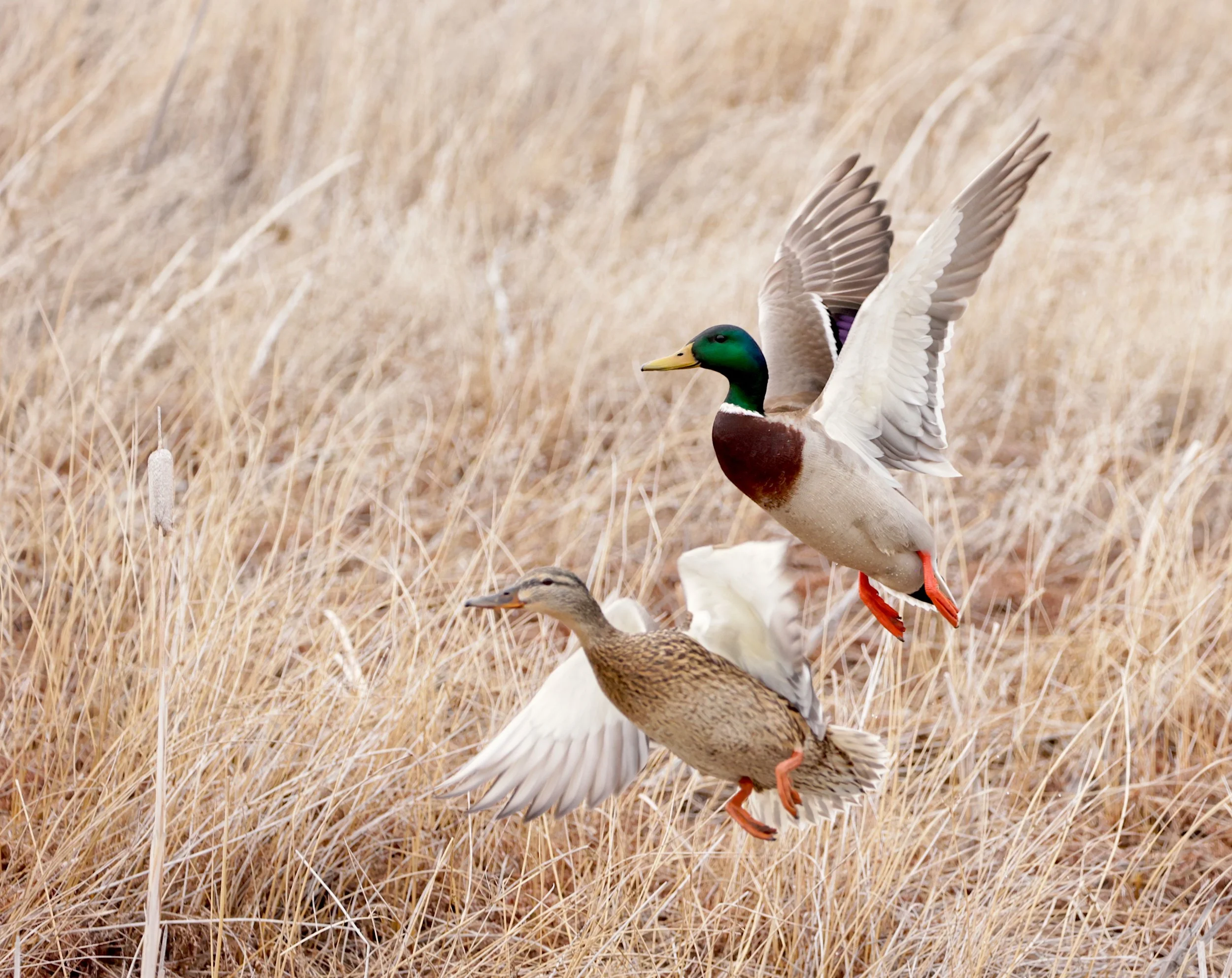Bird Habitat Hope?
Photographically this isn't much of a picture. But it represents something quickly disappearing. Wild birds produced in native grasslands. All those black specks against the sky are South Dakota pheasants, pheasants in concentrations most hunters and bird lovers have never seen, can hardly believe. And they're a result of lots and lots of permanent grass cover. Ying and yang. Good and bad. Pluses and minuses. Is our wildlife glass half empty or half full? Upland bird hunters, along with upland bird watchers, are justifiably concerned for the future. Since just about forever, there has been a steady decline in numbers and diversity of birds around the world. Closer to home, we've witnessed the total elimination of several native species once abundant: Heath hen (an eastern prairie chicken); passenger pigeon; Carolina parakeet; ivory-billed woodpecker; Bachman's warbler. Several more are in trouble: Attwater's prairie chicken' lesser prairie chicken; Columbian sharptailed grouse; greater sage grouse; Kirtland's warbler and several more passerines (songbirds.) The problem, as always, is habitat destruction. Sometimes it's highways and shopping malls, but most often its farm/ranch food production. Thousand-acre cornfields strip more wildlife cover than most housing developments, and our ever increasing human population demands ever more crop production. This is what's behind the destruction of the Amazon forests. It's also what's behind the renewed destruction of our remaining North American prairies. And that has bird hunters worried. Upland bird hunters and waterfowlers are just about the only folks who care about grasslands because the birds they love reproduce in those grasses. Ask your average, self-proclaimed "environmentalist" his thoughts on prairies and he probably won't even know where they're located -- or used to be located. Hunters are largely responsible for the greatest resurgence in prairies and prairie wildlife in the last 200 years. They are the force that pushed through the Conservation Reserve Program in the early 1980s. The result was nearly 42 million acres of marginal cropland returned to perennial plants, mostly grass. This resulted in a ten-fold increase in pheasant populations in South Dakota and the highest population of ducks in the modern era. Lesser known grassland birds like lark buntings, grasshopper sparrows, meadowlarks, sedge wrens and dozens more similarly prospered. This was the wildlife glass not just half full, but filling even further. If you lived and hunted northern prairie upland birds during the past 20 years, you hunted the Golden Age. It will be remembered, celebrated and missed for generations to come. But now we face trouble again. Demand for food; corn prices around $7 a bushel; more drought resistant, cold hardy grain varieties; and federally mandated ethanol production have landowners scrambling to not only retire their CRP acres, but plow up grandpa's virgin prairie, some of the last of this ecosystem still extant on planet Earth. Bird numbers are already plummeting, and pheasant hunters have been the first to notice. Is there any hope for the future? With humans pushing the 7 billion mark, not much. But some. And it comes in the form of an enterprise environmentalists hate: oil and gas development. Fracking and oil shale production in North America promise to unleash more hydrocarbon energy than Saudia Arabia ever held. If this happens, ethanol production could (and should) go the way of the dinosaurs. That could reduce the calls for converting more permanent grass cover into corn. Another hope is that plant scientists could unleash new hybrid perennials that nearly match annual plant seed production. This means little or no plowing. Perennial wheat, for instance, could remain in the ground year 'round to protect the soil and leave bird-hiding cover. With fewer tractor/machinery passes over the fields, fewer nests would be destroyed.It would be roughly the equivalent of native prairie cut for hay once a year. On the downside, increases in crop production have always been met with increases in human production. More food means more people survive to make more people. Inevitably, it comes down to us making hard choices: 1. More and more of us. 2. A higher quality of life for fewer of us and more wildlife. Will be willing to share the earth with other species? I'm counting on it. # # #












